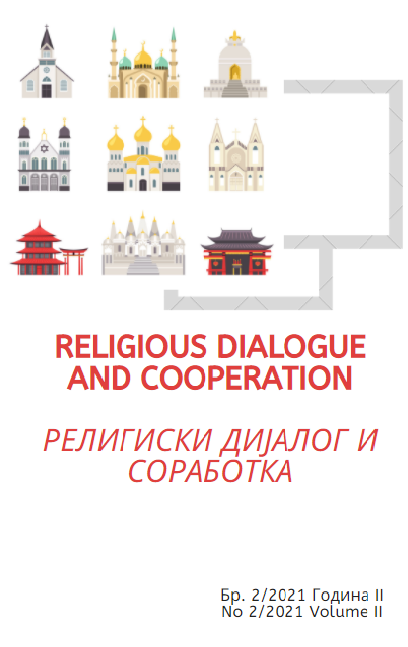ECUMENICAL INGENUITIES AS INSTRUMENTAL POLICITCAL TOOL OF CONFLICT TRANSFORMATION IN ZIMBABWES’S NEW DISPENSATION
ДОИ:
https://doi.org/10.47054/RDC212037chКлучни зборови:
Churches, ecumenism, party politics, new dispensation, political legitimacy, ZimbabweАпстракт
Following the political developments that took place in
Zimbabwe from the 13th to the 24th of November 2017 that marked
the end of Mugabe regime (1980-2017) and the inauguration of
a new government, one can ponder whether this was a coup or
not a coup? But it was very apparent that the people of Zimbabwe
were happy and in support of the military operation that was
underway. The churches through the Zimbabwe Head of Christian
Denominations (ZHOCD) also added their voice in support of the
events that were taking place. All these resulted to the swearing in of
Mnangagwa as a new President of Zimbabwe. The new government
under Mnangagwa has popularised itself as a “new dispensation”
to signal a different approach to governance from that of Mugabe.
However, the huge task confronting Mnangagwa’s government was
to prove its political legitimacy. This paper explored the political
role played by ecumenical movements in the ‘new dispensation’ in
Zimbabwe. Published documents, pastoral letters, internet sources
and fieldnotes were purposively selected and used to glean data for
this paper. Through discourse analysis, the paper discovered that
the Christian churches operating under the ecumenical body known
as Zimbabwe Heads of Christian Denominations (ZHOCD) is openly
accusing the Zimbabwe African National Union- Patriotic Front
(ZANU-PF) government for the socio-political ills currently affecting
the people. By closely analyzing its pastoral letters, one can observe
that ZHOCD’s demands on political reforms to the government are
no different to those pushed by the opposition party Movement for
Democratic Change (MDC). For this reason, this paper concluded
that the ecumenical initiatives are not the best political tools in
resolving political conflicts in Zimbabwe since they seem to be
partisan as we shall see as the paper unfolds.





